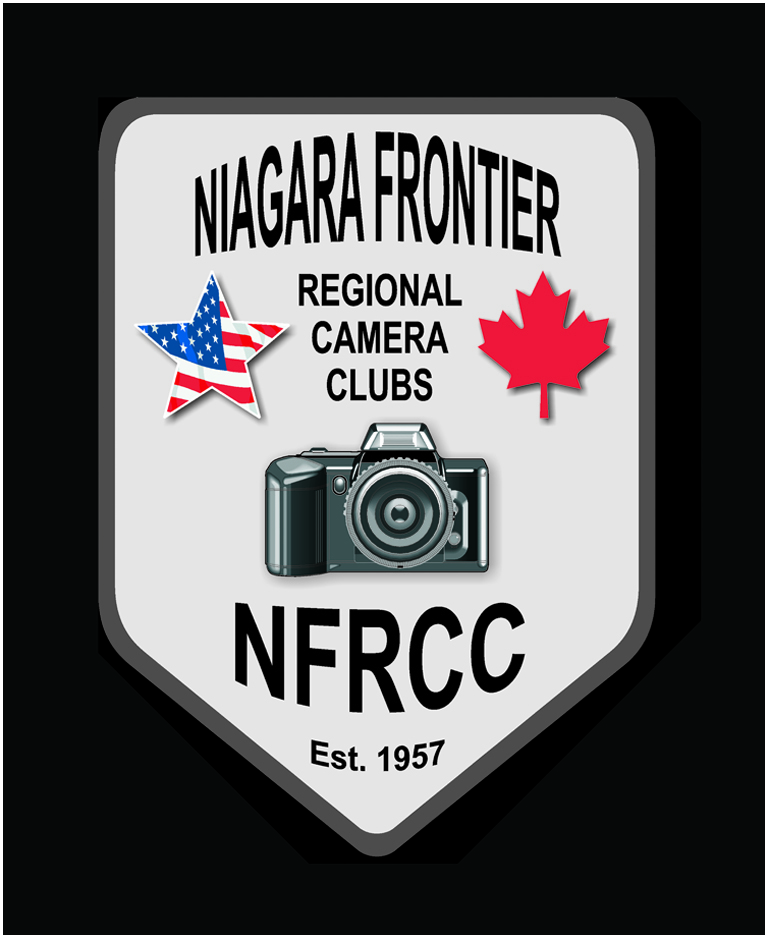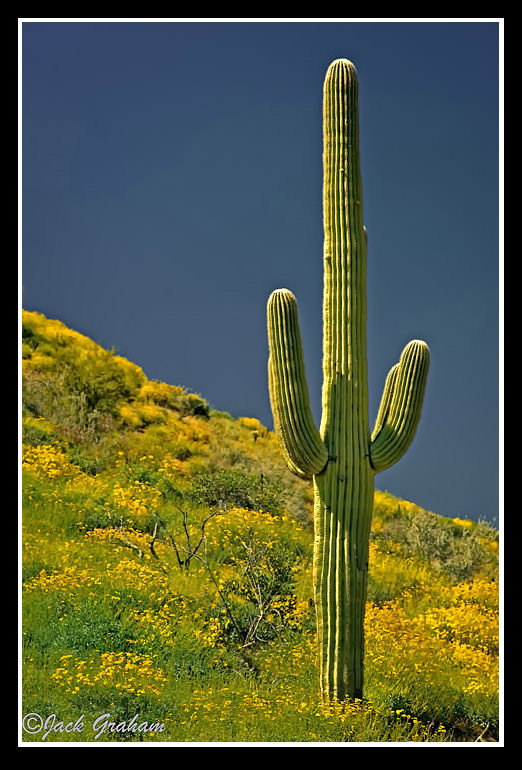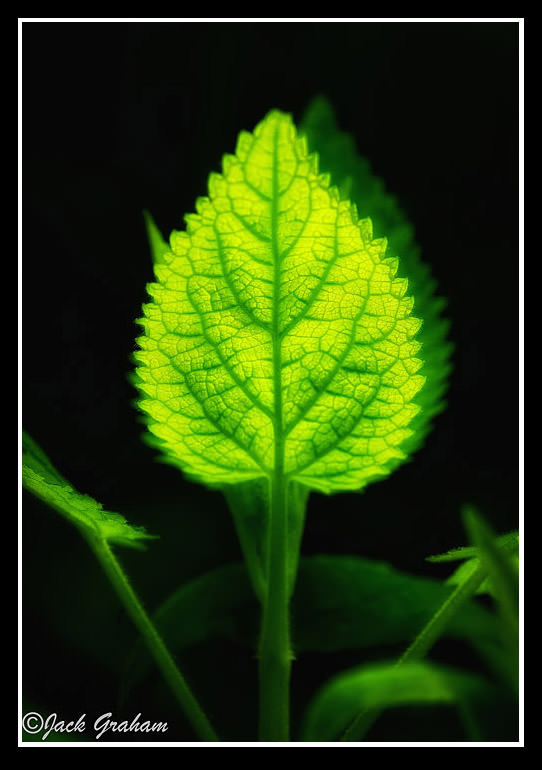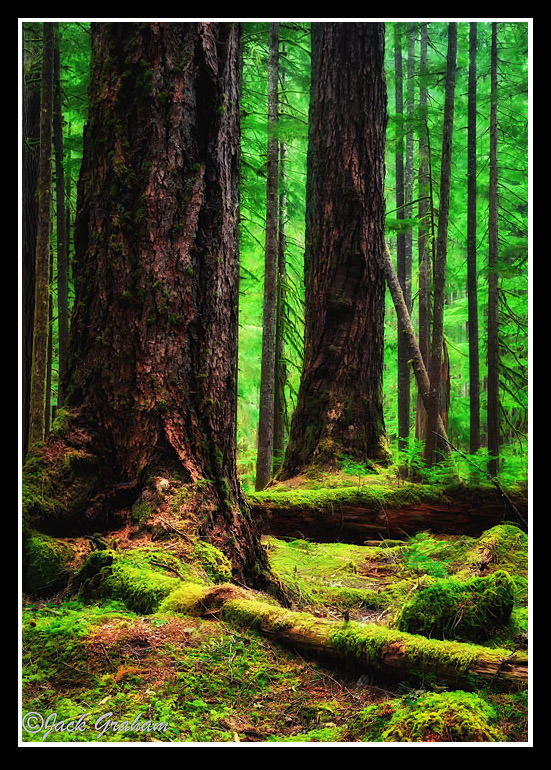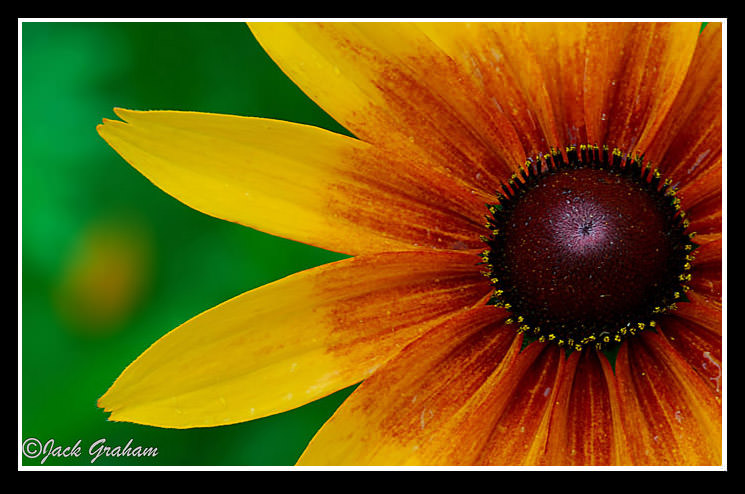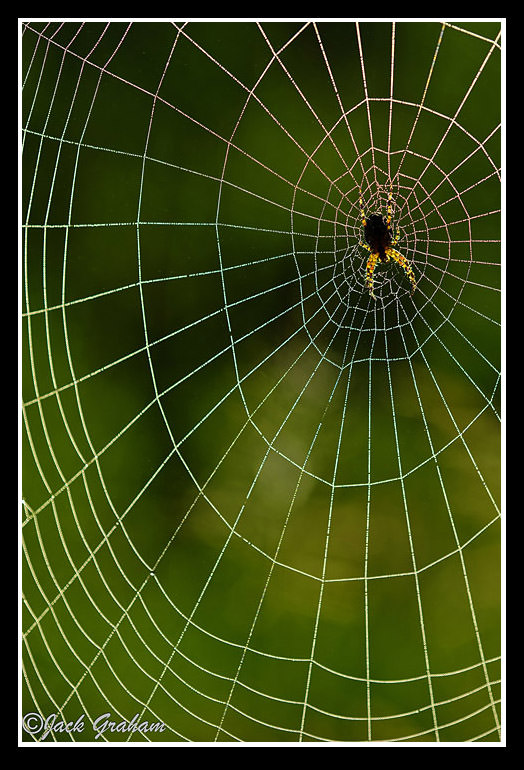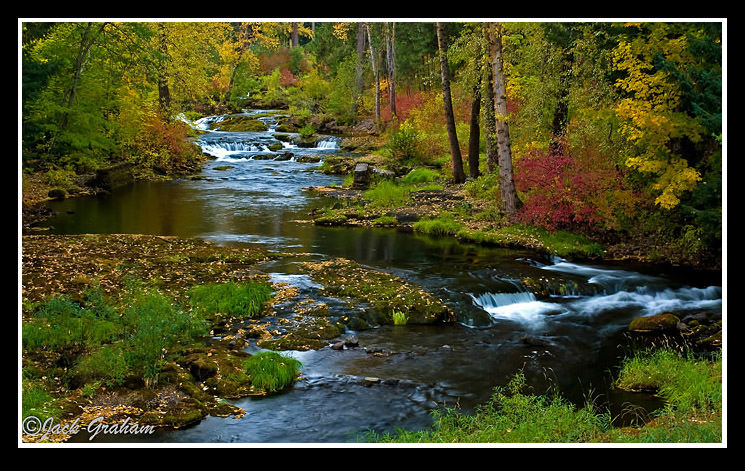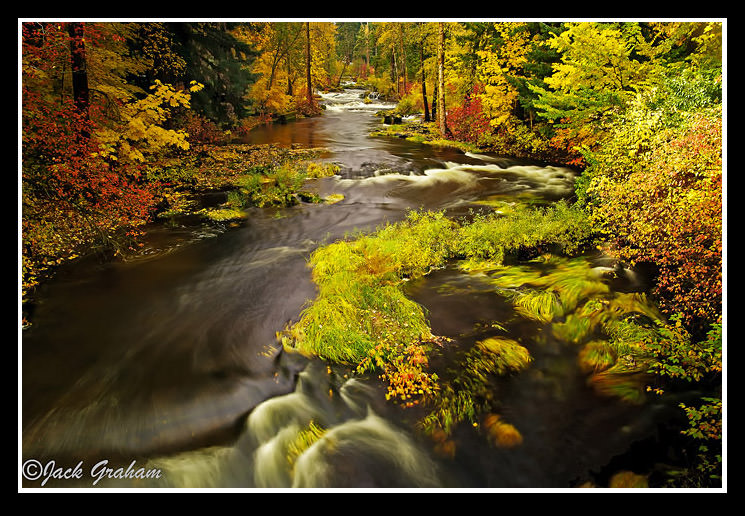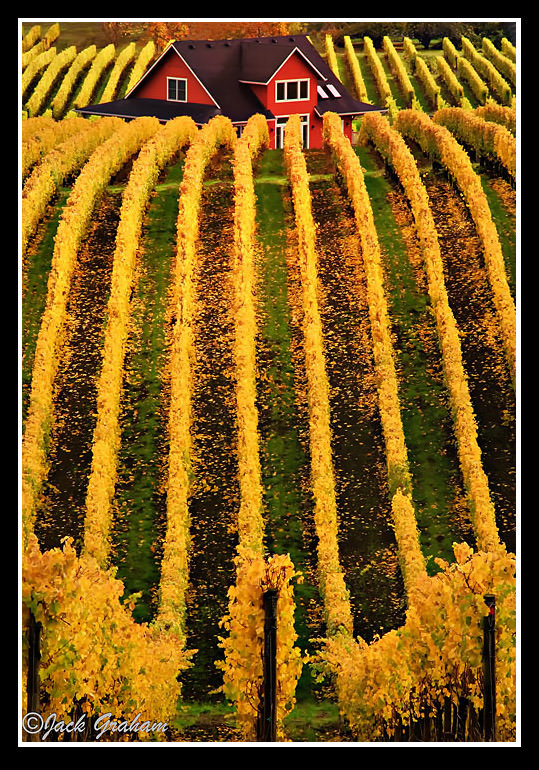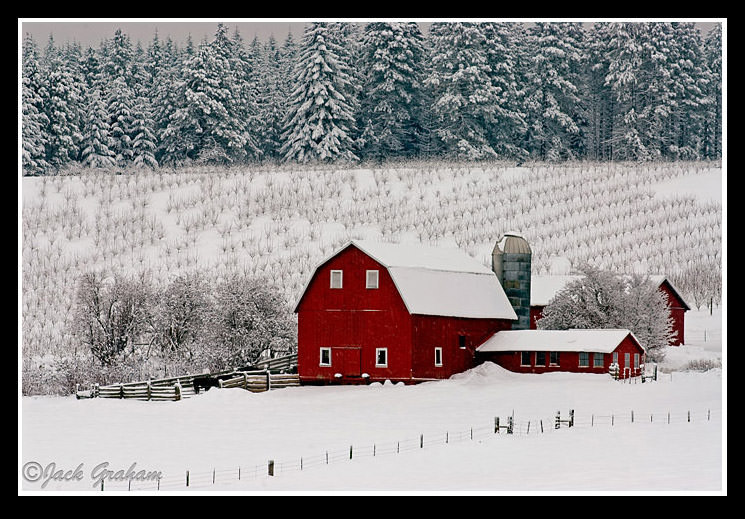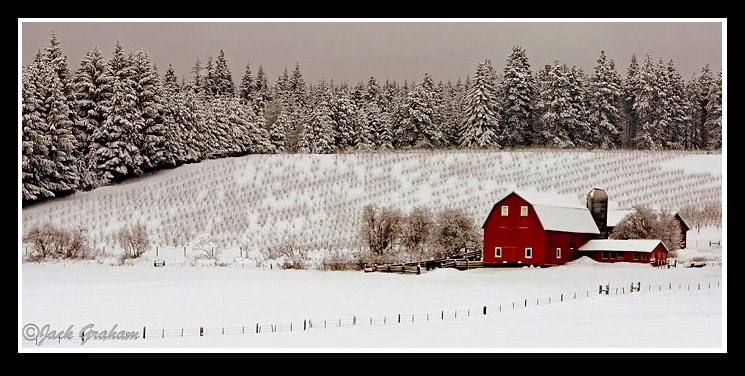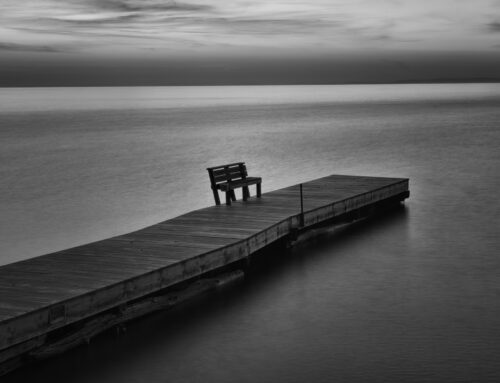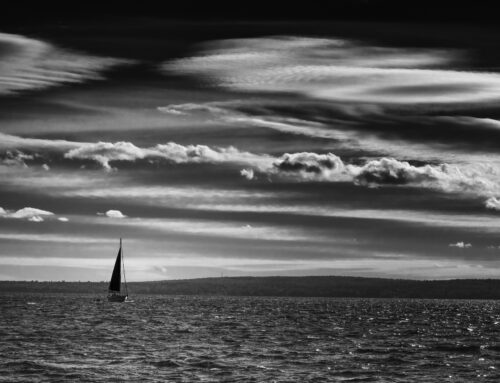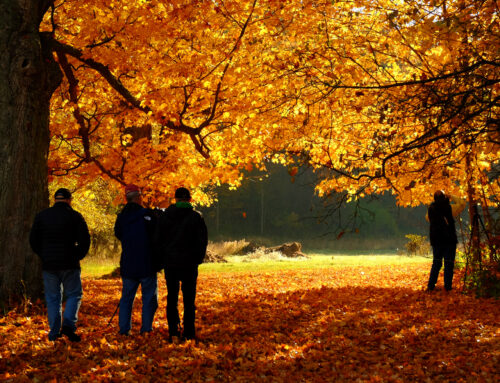For the holiday season Think Tank Photo is offering a free gift when you purchase one of their products.
The free gear includes the Cable Management 20, the Pixel Pocket Rocket memory card holder, the Modular Pouch, Camera Strap, and the Security Tag.
At checkout their system automatically asks you which gear you would like to receive for free with your order.
See the Think Tank Photo products here:– http://www.thinktankphoto.com/affiliates.aspx?code=AP-371
_____________________________________________________________________
Exposure, sharpness and correct composition are the three ingredients in making a pleasing photograph. Proper focus and exposure is a function of your equipment, and your ability to be proficient in these two areas. Even automatic metering is quite accurate much of the time. By using a tripod and understand depth of field even using auto focus at times will again allow a reasonably good image to be produced.
On the other hand, composition is dependent on you and your ability to encompass what is necessary to produce the desired results. No matter how you focus correctly, or expose correctly, your image, if it is uninteresting, will be boring. The old saying “Garbage in= Garbage out” is the order of the day when it comes to proper, or pleasing composition. All the expensive equipment you want to carry around will not fix an uninteresting composition.
Like always, and as my workshop attendees sometimes get sick of hearing, I base my compositions on the basics as defined succinctly by John Shaw.
Prior to attempting the image, ask yourself: 1) is there a subject? …………and 2) is the light good? If you can’t answer yes to both it’s going to be tough to walk away with anything worth keeping, especially if question #1 is NO!
This brings me to my 10 Commandments of Composition. These could be listed in any order, but #1 and #2 are pre-eminent.
ONE: A STRONG SUBJECT is a MUST. Easy right? But then what can you do with it. Can you easily make the subject the center of interest? Is there clutter around the subject? Is the subject (especially fauna and avian subjects) in good enough shape to render interesting. Often landscape images are no more than post -card shots due to lack of interest or lack of concern by the photographer about what he or she is trying to convey.
Go to the bookstore and look at the many coffee table books by the well known masters. Without exception, there is a strong subject, which is the center of attention with out distracting elements. Always take time to ask yourself exactly what you are trying to convey in your image.
TWO: MAKE THE LIGHT WORK. You must decide how to use the light (assuming it is good light) as an asset. For example, often back lit images are quite effective, but many photographers do not consider using back lighting. You need to understand what light works best for your image then make the best use of what’s available. The more dramatic the light the more interesting the image becomes. Don’t be lazy, shoot at the golden hour (one hr before and 1 hr after sunrise and sunset) Make use of bad weather which sometimes provides them most dramatic light available.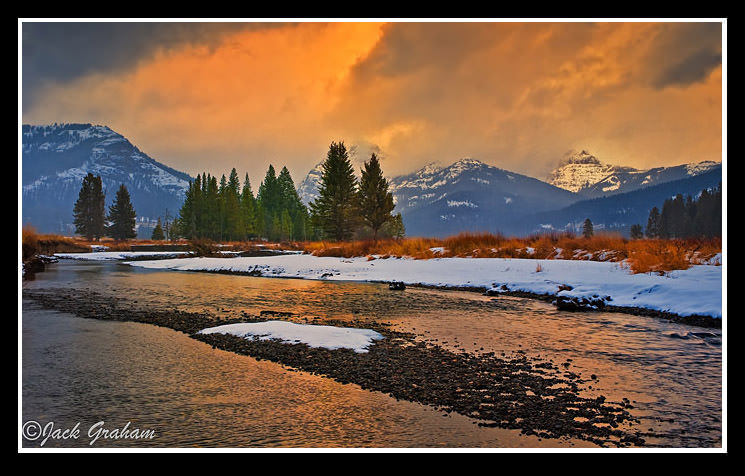
At times one must just walk away from photography, as nothing you can do to make the image photographic. It is better to just walk away than make a bad image.
THREE: DECIDE HOW TO USE THE SUBJECT”S ELEMENTS: This is a very important rule to follow. Space is a very important element of the subject in relationship to the other parts of the image. Creating some space between the subject and other structures or elements of the image can make or break an image. At times, to convey the feeling in an image you may want to cut off parts of the subject. This is particularly evident in close up photography.
By letting element like petals of a flower run off the image creates a wonderful feeling and thus a successful image. Experiment, but always keep asking yourself if this is adding or subtracting from your image.
FOUR: USE THE RULE of THIRDS
This brings me to the rule of thirds or what I call proportional photography (I have a complete article on PROPORTIONAL PHOTOGRAPHY which can be red in my E-Book, Series 1 for sale at www.jackgrahamphoto.com). Centered images usually just don’t work. Note I said usually, not always. As we move our eyes across the image there must be something (often called a leading line) to draw the viewers eye into the subject
Basically what the rule of thirds is the use of a grid, like a tic-tack-toe board in your viewfinder( You can purchase such a grid and replace your focusing screen with one for your Nikon or Canon cameras if you don’t have one) 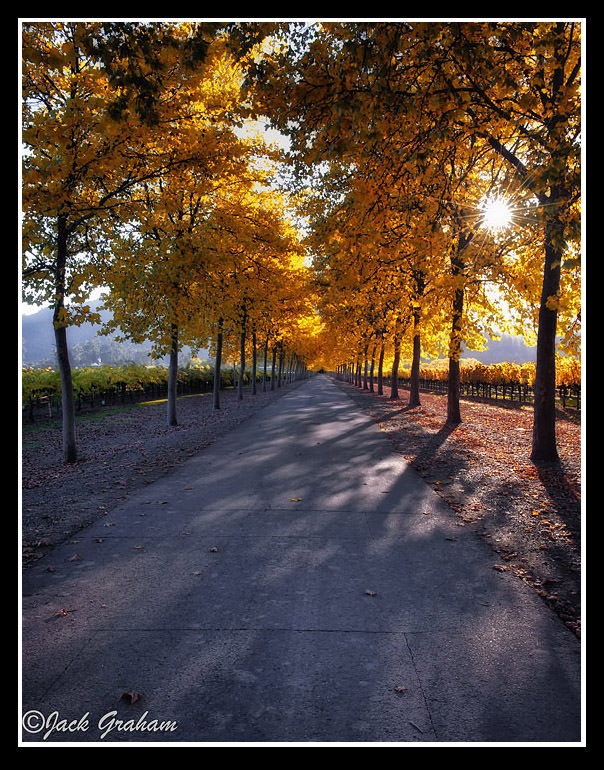
These intersecting points are the “power points” where, when placed on these points makes the subject stronger.
It’s up to you to decide which point to place the subject.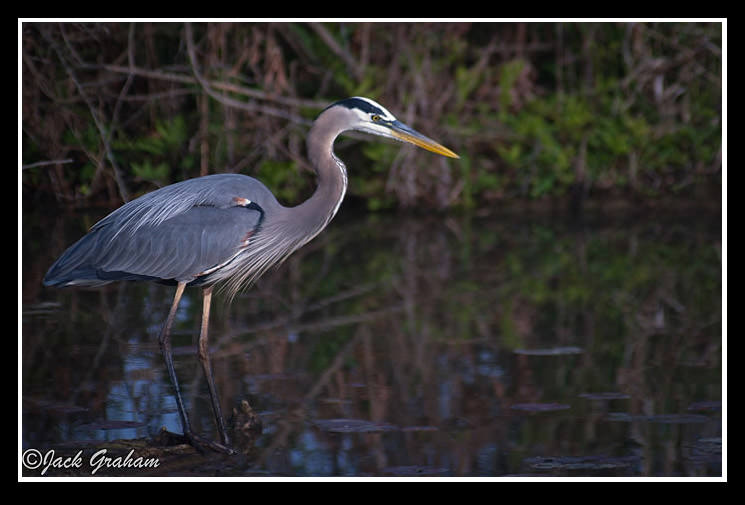 A bird looking to the left works better on the right, an animal or building might look better on the lower points allowing for a background which aids in telling the story of your location. Remember unless it really works (and it can) never center the subject.
A bird looking to the left works better on the right, an animal or building might look better on the lower points allowing for a background which aids in telling the story of your location. Remember unless it really works (and it can) never center the subject.
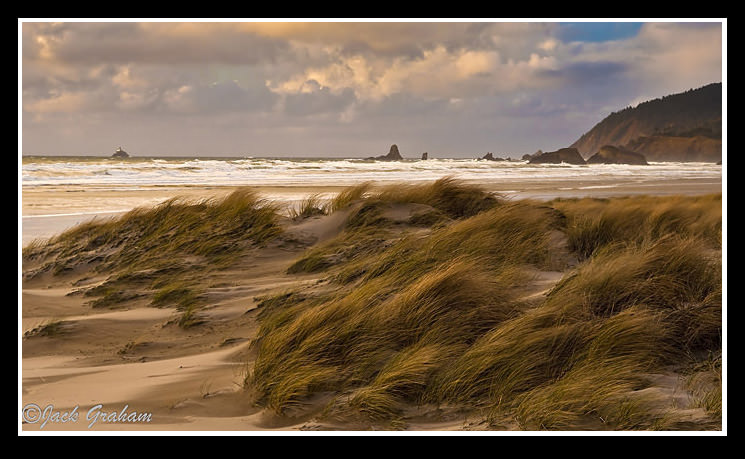 FIVE: ANCHOR THE SUBJECT or LOOK FOR PATTERNS: There is nothing like a strong anchor to make a subject stand out, especially in landscape photography.
FIVE: ANCHOR THE SUBJECT or LOOK FOR PATTERNS: There is nothing like a strong anchor to make a subject stand out, especially in landscape photography.
I often refer to David Muench’s images when talking about anchoring the image. He is the master at this. A strong anchor eliminates foreground clutter and distractions. 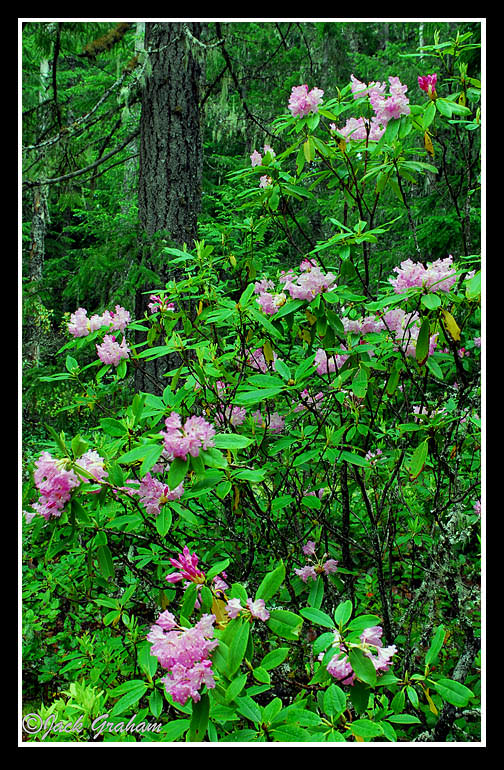 The anchor is the glue that puts the images together and conveys emotion to the viewers.
The anchor is the glue that puts the images together and conveys emotion to the viewers.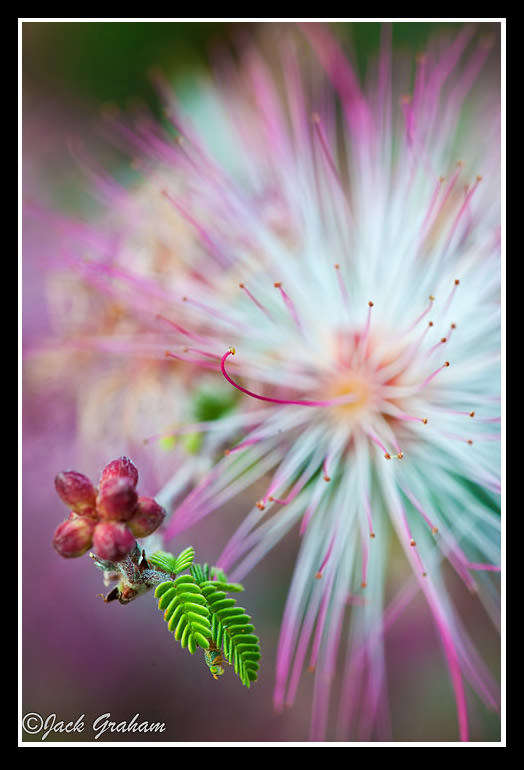
What if there are not any anchors available. Again, especially in close up photography as well as other forms, there just are not the huge rocks, or river etc to anchor the subject. At that time I always look for patterns in the subject, no matter if it’s a flower or mountainside to strengthen the interest of my image. Patterns in and of themselves are interesting to photograph.
SIX: ELIMINATE JUNK:
Often a workshop attendee or photographic acquaintance will come up to me and say” You know that shot of yours at “such-n-such… well I’ve got that same shot too”. As I view this “identical image” I realize that they really don’t. Why? Well they may have the subject nailed, nice & sharp, proper exposure using the rule of thirds etc, but somewhere in the image there might be a tree trunk, or a contrail in the sky, or a leaf off to the side that’s too bright, too much foreground, that pulls our eye off the subject. (In nature, our eye goes to the brightest spot in the image, often not the subject .. be carefull !)
“But I can fix it in Photo shop”… Can I pull out the knife now? Working pro’s sometimes “fix it in Photo shop” but not as much as you think. The more you get it right in the camera, the more your image will be successful.
So look around, always check your corners (remember if you do not have a 100% viewfinder, this is especially noteworthy) and look for that little tiny distraction. They are there. You must eliminate them from your image.
Pay particular attention to cluttered foregrounds or foregrounds made of useless material having little to do with the subject. Your depth of field preview button should pull everything into clarity. Remove what does not lend anything to the image.
SEVEN; HORIZONTAL OR VERTICAL?–MAKE THE DECISION LATER.
These two elements can convey a 180 degree feeling in an image. Who’s to say which is right? The right one is the one you like. However, in the field often we are too busy with exposure, focus, lighting etc. to make this cognitive choice
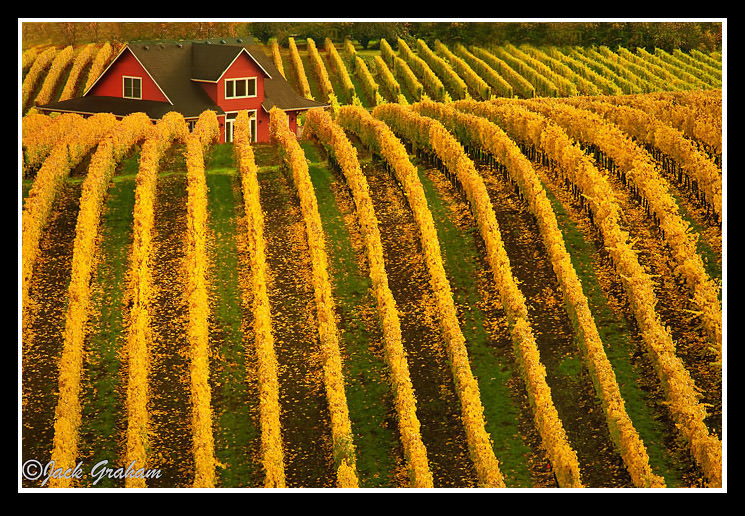 I suggest photographing your image both ways and deciding which one is more pleasing when you get home, on your monitor. I see few vertical calendars, and few horizontal magazine covers. You may want to take into affect how these images will be used.
I suggest photographing your image both ways and deciding which one is more pleasing when you get home, on your monitor. I see few vertical calendars, and few horizontal magazine covers. You may want to take into affect how these images will be used.
EIGHT: PICK THE RIGHT LENS: Using the right lens can make or break your entire image or convey a totally different emotion that desired. In conducting as many workshops as I do I often see folks trying to photograph a great subject with the wrong lens. Why does this happen? I truly believe that some, if not most photographers are more comfortable, or “see” in certain focal lengths, and often neglect ones more suitable for a specific image. Other photographers are too much in a hurry (see commandment # 9 below) to experiment to attain the right focal length. It takes some time to unpack, put on one lens then try another. One aid is to use an empty 35mm slide (large format photographers can use a larger sized cut out made of cardboard). By studying the scene through the empty slide is becomes clearer and easier to determine how the powerful parts of your scene affect the subject. In time, I have developed a good sense of what lens to use, but far from always.
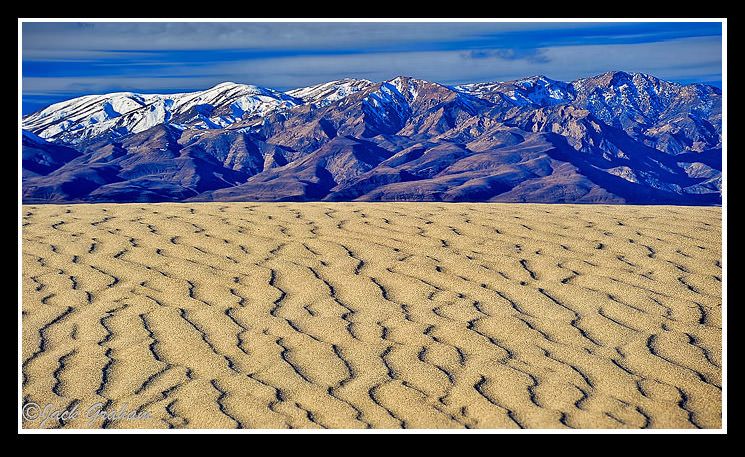 NINE PHOTOGRAPHY LESS & LOOK MORE. Perhaps this commandment should have been #1. I often see photographers in the filed with usually better equipment than I, approaching a subject hastily, not understanding the subject, the environment, the light and more that goes into making a artistic photograph. I hear shutters clicking like machine guns.
NINE PHOTOGRAPHY LESS & LOOK MORE. Perhaps this commandment should have been #1. I often see photographers in the filed with usually better equipment than I, approaching a subject hastily, not understanding the subject, the environment, the light and more that goes into making a artistic photograph. I hear shutters clicking like machine guns.
Not only are these images made this way likely to fail, the photographer may as well be handholding a cheap point & shoot camera. He or she has removed any aesthetic feeling of the scene, both photograph able as well as the self enjoyment that a location can deliver. There is no doubt that the photographer that slows down, studied the possibilities will always walk away with a superior image. It is not uncommon for me to be or on a days shoot and come back with 10 -15 frames. I often remember my days using film, and use those as a reminder that slowing down is key to success. If I have one successful image per day in the field, I would be a happy guy!
What slowing down does is allows up to see, to determine the best angle, position or location to set up your tripod. Learning to see allow one to take the time necessary to make a photograph that is artistic rather than a post card shot.
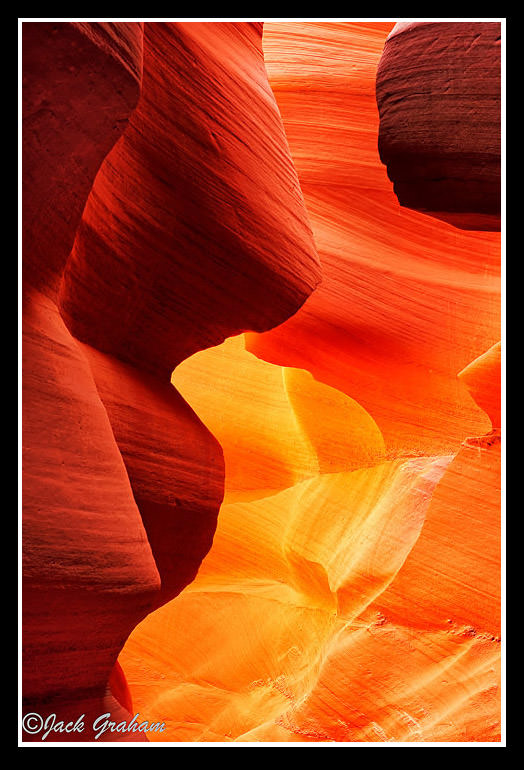 TEN: BECOME an ARTIST Understanding the elements of a certain location, our equipment, using correct exposure, and knowing all the “rules” is only part of the equation. Being an artist is using these ingredients to make emotion evoking photographs using your vision
TEN: BECOME an ARTIST Understanding the elements of a certain location, our equipment, using correct exposure, and knowing all the “rules” is only part of the equation. Being an artist is using these ingredients to make emotion evoking photographs using your vision
Committing to slowing down and becoming an artist is demanding. Few photographers are true artists. Artists are ones who are free to express their emotions though their photography as well as having unlimited artistic freedom.
I recommend reading the chapter on being an artist by Alain Briot (as well as the whole book!) in Alain’s book” Mastering Landscape Photography”. Rather than me parroting Alain’s writing, I’ll let Alain go into depth regarding this subject. This is a must read for any serious photographer I suggest hearing it from the artist himself.
http://www.beautiful-landscape.com/Articles-Book-1.html
What I would mention however, is that when you are out in the field making a fine art print consider the ultimate viewer.
We see in multi dimensions. A photograph is not three dimensional. Often photographers arrive at a dramatic location and say to themselves” I want to make this a great image so I can go home, and show so and so where I was and let them go WOW!”
Where you are is almost impossible to replicate to the viewer. The viewer doe not have the emotional attachment since they were not there. They don’t have the ability to have heard the sounds, felt the wind, sun etc that you did.
Quaking aspens, babbling brooks, the smell of the dirt in the Palouse in the spring, etc can not be transmitted in a print. Give up trying to photograph to show other where you were and work on making a work of art.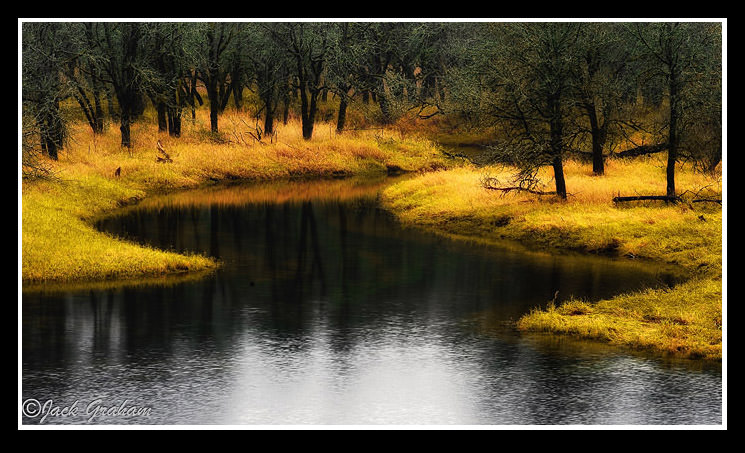
Gov’t mucking up the waters….again!…The recovery of the gray wolf to the Rocky Mountains is an Endangered Species Act success story. After nearly being eradicated from the American West, Endangered Species Act protections brought the wolf back from the brink of extinction.
Recent reports indicate that Department of Interior Secretary Salazar is actively promoting legislation, likely in the form of a rider to the CR or omnibus appropriations, that would strip away ESA protections from the gray wolf in the Northern Rockies.
The proposed legislative de-listing is anti-science and anti-democratic. If enacted, it would remove vital safeguards for Northern Rockies wolves in opposition to science based management. Worse, it would preclude the American public from petitioning for the reinstatement of these protections regardless of how few wolves remain.
As a constituent, I am writing to strongly urge you to reject any legislative proposal by the Secretary of Interior to eliminate Endangered Species Act protections for wolves.
Thank you for continuing to work to protect our nation’s wildlife and wild places.
http://org2.democracyinaction.org/o/6014/p/dia/action3/common/public/?action_KEY=4907
Please remember that time is running out fast to receive the pre Jan2011 registration discount on my 2011 Photography Workshops. here is the schedule and registration form
REGISTRATION FORM 2011 information can be found :https://www.jackgrahamphoto.com/photo-workshops
DISCOUNTS: 2011 WORKSHOP DISCOUNTS
1) 10% discount for returning attendees
2) 10% discount if you pre-register for a workshop(s) prior to Jan 1, 2011. Deposit must be received by 12/31/2010.
3) 10% discount for NANPA members ( www.nanpa.org)
4) Bring a friend ( new attendee) — –new attendee comes at ½ price
5) Refer a friend –choice—a $50.00 credit off your registration is you attend (can be put to a future workshop) or a check for $25.00. No restrictions on referrals.
6) Buy 4 get one free….. Attend 4 workshops.. Get one free. ( they all count… not just in year)
_______________________________________________________________________________________
THINK TANK CAMERA BAG’S OFFER:
Think Tank Photo is a company the produces quality well designed camera backpacks/bags. I own more than a couple of their bags and love them. Without question, they are the best made, and most functional bags on the market.
For the holiday season Think Tank Photo is offering a free gift when you purchase one of their products. The free gear includes the Cable Management 20, the Pixel Pocket Rocket memory card holder, the Modular Pouch, Camera Strap, and the Security Tag.
At checkout their system automatically asks you which gear you would like to receive for free with your order.
See the latert Think Tank Photo products here: http://www.thinktankphoto.com/affiliates.aspx?code=AP-371
________________________________________________________________________________________________________________________________
HARD TO BELIEVE THIS—well maybe not
RED ROCK CANYON DEFACED http://www.friendsofredrockcanyon.org/graffiti.php
Maroon and blue paint covers pictographs drawn by ancient inhabitants and petroglyphs scraped and ground long ago into rocks at the scenic preserve about 17 miles west of the Las Vegas Strip.
“We can get them restored but it will be very, very expensive to remove the paint without damaging the pictographs,” Williams said. “They are just one of the most fragile cultural sites we have.”
The drawings date back to A.D. 1000 and were probably made by the known prehistoric archaeological cultures that lived in the area, such as the Virgin Anasazi or the Paiute.
Hikers visiting from Oregon reported the graffiti found less than a half-mile from the main road that twists across Red Rock in early November. The graffiti includes the words “Red Rock 2010” and “Nevada has chronic” sprawled across several rock formations.
____________________________________________________________________________________________
GRAY WOLVES and the US GOVT—PLEASE HELP!!!!!!!!!!!!(should be self-explanatory)
Recent reports indicate that Department of Interior Secretary Salazar is actively promoting legislation, likely in the form of a rider to the CR or omnibus appropriations, that would strip away ESA protections from the gray wolf in the Northern Rockies.
The proposed legislative de-listing is anti-science and anti-democratic. If enacted, it would remove vital safeguards for Northern Rockies wolves in opposition to science based management. Worse, it would preclude the American public from petitioning for the reinstatement of these protections regardless of how few wolves remain.
As a constituent, I am writing to strongly urge you to reject any legislative proposal by the Secretary of Interior to eliminate Endangered Species Act protections for wolves.
Thank you for continuing to work to protect our nation’s wildlife and wild places.
Endangered Species act
http://org2.democracyinaction.org/o/6014/p/dia/action3/common/public/?action_KEY=4907
____________________________________________________________________________________________


